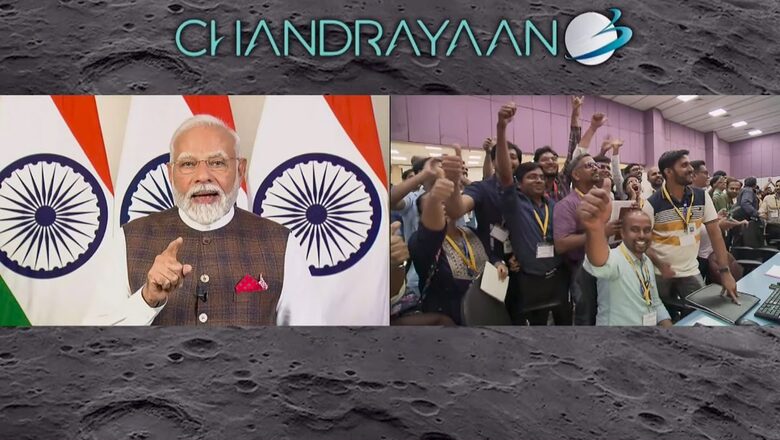
views
1.4 billion Indians united on August 23, 2023, as the Indian Space Research Organisation (ISRO) scripted history by successfully landing the Vikram lander near the south pole of the Moon. No other country in the world — not even the so-called superpowers — has achieved this yet. ISRO’s control room, from where the Chandrayaan-3 mission was monitored, burst into cheers and applause as Vikram landed on the moon. And who are the men and women who made this possible? Middle-class Indians. Ordinary people who, by their sheer determination to excel and a drive to make their country proud, have accomplished what no other nation has.
These are the people who received ordinary educations and grew up with a host of limitations — but purely on the basis of their merit — made it into India’s most prestigious scientific organisation. The same organisation is now giving the world’s biggest space agencies a run for their money.
Middle Class: Drivers of the India Story
India’s middle class has emerged as the engine of our country’s growth. A growth that is now both inevitable and unstoppable. People in the middle class are both employers and employees. They are educated and aware. They greatly influence the political discourse in the country today, something which the “elite” dominated for decades. The nature of India’s elite is changing too, and more and more middle-class people can be considered the intellectual cream of the nation now.
For the past two elections, this class of Indian society has voted for Narendra Modi as the Prime Minister. Chances are, it will do so again next year, perhaps even more overwhelmingly than before. The growth of India’s middle class coincides with the rise of Prime Minister Modi. Like most Indians, PM Modi comes from a very humble background. For India’s middle class, the prime minister serves as an example that if one perseveres and is meritorious, the sky is the limit.
A look at how the middle class has transformed in India over the past decade
The average income of the middle class (weighted mean) has grown from Rs 4.4 lakh in FY12-13 to Rs 13 lakh in FY22. Compared to 2011, 13.6 per cent population has left the lower-income strata and migrated upwards by 2022. Similarly, there is a huge chunk of Indians right now who earn less than Rs 5 lakh every year. However, this group is soon expected to rise up the ladder, enter the middle class and start contributing to the nation’s tax pool. Also, interestingly, the share of zero-tax liability income tax returns went down from 84.10 per cent in 2011 to 64 per cent by 2022.
Meanwhile, according to a report by the State Bank of India, the average income of people in the middle class is expected to go up to Rs 50 lakh by 2047, the same year India will celebrate 100 years of independence and also the year PM Modi has set the target of making India a developed nation.
The future of India’s middle class looks very promising. In 2020-21, the Indian middle class constituted just about 31 per cent of the total population. However, the size of India’s middle class will nearly double to 61 per cent of its total population by 2047! India is also set to become one of the world’s biggest consumer markets soon, and the middle class is going to play a pivotal role in achieving this. According to a Brooking report, by 2030, India will be home to 357 million young consumers below 30 years, which will effectively be the largest “young consumer market” in the world.
India’s Middle Class: Not Middling Anymore
Beyond just numbers and economic data, the Indian middle class is doing so much more to power India’s rise as a formidable world power. Its impact transcends sectors and even borders. People who grew up in middle-class families are today leading some of the biggest companies in the world. Take the example of Sundar Pichai, Satya Nadella, Shantanu Narayen and many more. Closer home, people like Zoho’s Sridhar Vembu and Zerodha’s Nithin Kamath have not just risen from humble backgrounds, but continue to inculcate the values they grew up with, in their children.
In the world of cinema, names like Shah Rukh Khan, Akshay Kumar, Pankaj Tripathi, Manoj Bajpayee, and Nawazuddin Siddiqui have become associated with perhaps the pinnacle of acting. All of them come from the middle class and even underprivileged backgrounds. They worked hard and are today known for their work around the world.
Since chess is the buzz right now, it would only be befitting to point out how grandmaster Praggnanandhaa, like most chess prodigies in India, including Vishwanathan Anand, hails from a middle-class family.
In academics too, Indians are shining internationally. Indian lecturers and professors are a lot more visible in foreign universities. Many have won international awards like Dr Anurag Mairal of Stanford or Dr Madhav Rajan of Chicago University.
Perhaps no other sphere showcases the power of India’s middle class and lower middle class like sports does. A majority of sportspersons have overcome massifs of challenges while hailing from families that were hardly affluent. Yet, through their sheer determination to succeed and make a name for themselves, such people have brought laurels to India. Take for example Swapna Barman, Mary Kom, Tajinder Pal Singh Toor and so many others.
The middle-class today represents the idea of a newer, stronger and more confident India. An India that is not ashamed of its roots, but rather embraces them with pride. A country that is taking pride in being the oldest and continuously living civilisation of the world. The middle class aspires to see India develop and become a big economic powerhouse. At the same time, these Indians want the government to protect and celebrate India’s cultural heritage.
The middle class is India’s growth engine and will remain so, for several decades to come. This is a class of people that contributes among the most in taxes, and therefore, has a significant share in nation-building. It is also a class whose purchasing power and rising disposable incomes are drawing international investments and businesses to India. These are ordinary men and women, confidently working hard every day, trusting that their merit and commitment will surely yield a positive outcome not just for them, but the country as a whole.
Today, life is comparatively easier for many middle-class Indians than it was a decade ago. Be it the simplification of the income tax filing process, the digitisation of governance and citizen redressal systems and most importantly, the removal of bribes from the day-to-day lives of Indians. The Modi government can take credit for a lot. The same middle class that once had to pay bribes to get the smallest of jobs done, today, has entire systems at its fingertips because the government has gone big on digitisation and virtually eliminated middlemen from a lot of processes. The impact this has had on common citizens is profound, and the same is being reflected in the way India is scripting one success story after another.
Views expressed in the above piece are personal and solely that of the author. They do not necessarily reflect News18’s views.










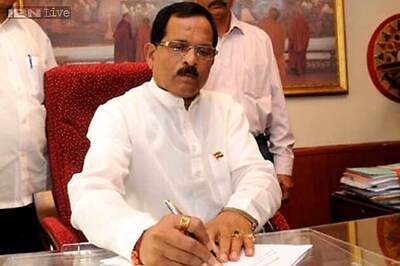


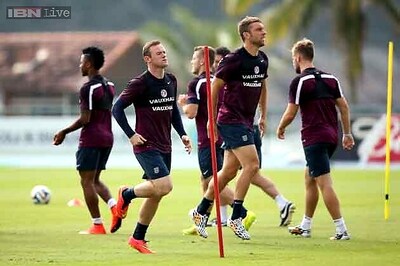
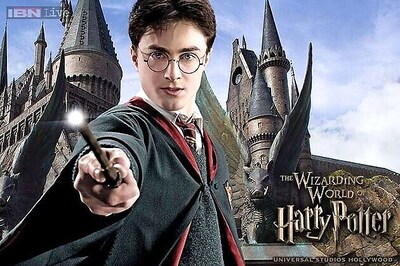
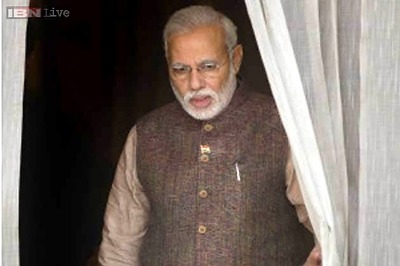

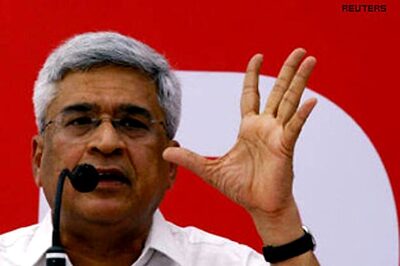

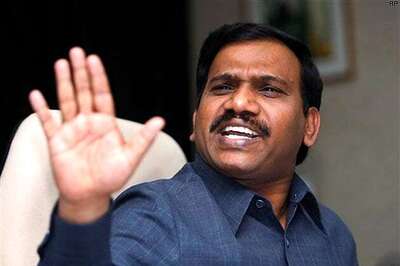
Comments
0 comment